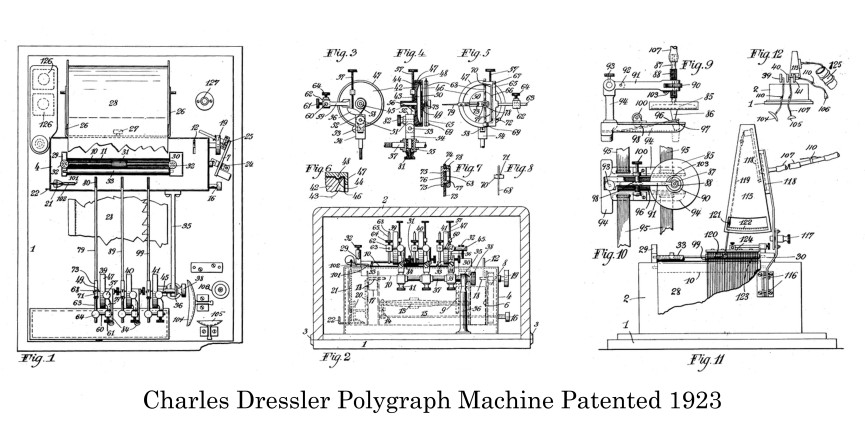As a patent attorney, I enjoy advising my clients on issues related to their patent applications and issued patents. Most issues I address pertain to the technical and proprietary aspects of their inventions and how to effectively prepare, file and prosecute their patent applications. For an inventor, obtaining a patent is an exciting time. But in the excitement of obtaining a patent, it is easy to forget about one of the most essential requirements of a patent application–an inventor’s duty of disclosure, candor and good faith. The objective of this article is to remind inventors of this obligation and to place emphasis on the importance of honest and open disclosure to the United States Patent and Trademark Office.
The United States Patent and Trademark Office holds both inventors and patent practitioners to a very high standard when it comes to applying for a patent. Per Rule 1.56 under Title 37 of the Code of Federal Regulations, every individual associated with the filing and prosecution of a patent application has a duty of candor and good faith when dealing with the USPTO, which includes a duty to disclose to the USPTO all information known to that individual to be material to the patentability of an invention. This duty applies to the inventors named in the application, the attorney or agents who are involved in the preparation or prosecution of the application, and anyone else substantively involved with the preparation or prosecution of the application who are associated with the inventor, the assignee, if any, or anyone to whom there is an obligation to assign the application. This duty of disclosure begins when a patent application is filed, and it remains in place until the application issues as a patent.
Per Rule 1.56, information is material to patentability when it establishes, by itself or in combination with other information, that one or more claims of an invention may be unpatentable. Information is also material if it refutes, or is inconsistent with, a position the applicant takes in opposing an argument of unpatentability relied on by the USPTO or asserting an argument of patentability to the USPTO. However, information which is cumulative to information that is already of record in an application is not material to patentability.
The justifications for this policy are straightforward: The USPTO does not run an independent testing laboratory, and does not have the ability to view the inventive process through the eyes of each and every inventor who files a patent application. The patent office relies on inventors and attorneys to provide accurate and verifiable information in order to assist patent examiners in their job of reviewing patent applications. By requiring inventors to submit relevant background information, examiners are better able to cross-reference and compare existing technologies in order to determine the novelty and nonobviousness of an invention.
Inventors should disclose any publications of which they are aware that describe any technology similar to that which will be claimed in their patent application. Such publications include printed documents such as issued patents, magazine or journal articles, promotional literature, advertisements, technical manuals, user manuals, trade show or conference presentations, electronic articles, or any electronic files, pages or publications available on the Internet, World Wide Web or any other publicly available computer network. In addition, inventors are required to provide information related to any public use, public disclosure, sale of product, or offer to sell the invention or similar device anywhere in the world prior to filing a patent application.
An inventor’s duty of disclosure is usually satisfied by submitting to the USPTO all information material to patentability in an information disclosure statement (IDS). Typically, an IDS is filed with the USPTO at filing or before the first office action. However, an inventor is under a continuing obligation to disclose any references which may come to be known at later dates as well.
Although patent searching is highly advisable, there is no duty or obligation to conduct a prior art or patentability search either prior to filing a patent application or during an application’s pendency period. But if you do perform any searching, then you will need to disclose to the USPTO any relevant references you found in your search. The duty of disclosure applies to information of which an inventor, or anyone else substantially involved with the preparation and prosecution of a patent applications, is aware.
The consequences for failing to disclose relevant information to the patent office can be severe. By law, patents carry with them the presumption of validity in federal court. But one extremely powerful way to rebut this presumption of validity is to raise the defense of inequitable conduct before the USPTO. Inequitable conduct, if successfully proven, can render an entire patent (and even related patents) unenforceable. Generally speaking, if a defendant in an action for infringement can prove by clear and convincing evidence that a patent applicant misrepresented or omitted material information with the specific intent to deceive the USPTO, a court can determine whether this inequitable conduct warrants the rendering of the entire patent unenforceable. Furthermore, a finding of inequitable conduct can expose an inventor to other liabilities such as antitrust actions and civil fraud suits.
To sum things up, inventors should be ever mindful of their duties of disclosure, candor and good faith when dealing with the USPTO. The United States patent system relies on a high level of honesty and openness among practitioners, inventors and the patent office; and the intentional withholding of information from the patent office can be fatal to patents and patent portfolios alike. If you have any questions about an inventor’s duty of disclosure, then contact your patent attorney immediately. In the high stakes world of patents and patent law, inventors can never be too careful.

